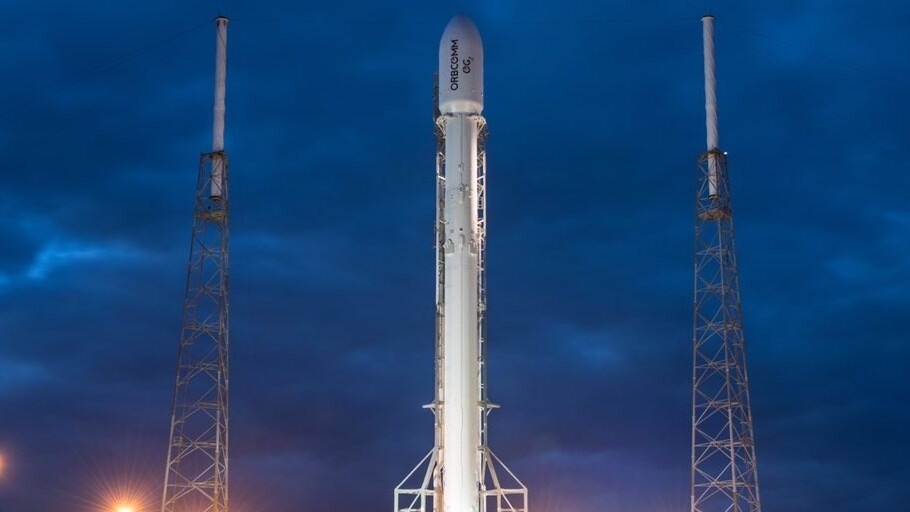An earlier version of this story indicated that, per a tweet from a NASA rocket scientist, the rocket landing had been confirmed. Since that tweet has since been deleted, the article was changed to reflect that.
In an attempt to launch a satellite into space, commercial spaceflight program SpaceX made another round-trip of its unmanned Falcon 9 rocket. If towing an expensive amount of high-quality telecommunications equipment weren’t enough, the rocket had to complete a particularly difficult water landing.
The mission was all in all successful, despite feed troubles that left the fate of the Falcon 9’s water landing unknown until CEO Elon Musk indicated it was unsuccessful.
The trip, initially scheduled for February 24, was delayed numerous times — most notably once when a tugboat pulling a barge wandered into the “no-go” zone. As a result, the launch couldn’t take place until conditions were properly met.
The goal of the trip was to deploy an SES-9 satellite to help enable better video communications for 22 million residents in Asia. The second stage properly burned and the SES satellite did achieve a successful low-Earth orbit, with the rocket dropping off the satellite in its fixed orbit in space.
But this trip also presented a very significant challenge for SpaceX in terms of both speed and distance. This latest round trip, the rocket has had to reach up to 9000 km, meaning the faster fuel burnout led to less control on the landing.
The landing of the first stage lost transmission as the rocket returned to Earth, cutting out the feed playing in front of several SpaceX employees. With the fate of the rocket unknown, the company said during the telecast it would have to wait for telemetry data from the landing area in Florida before confirming the rocket made it back safely.
A since-deleted tweet from rocket scientist Dr. Phil Metzger indicated that the Falcon 9 had, in fact, landed on the barge.
Successful @SpaceX rocket landing on a barge in the ocean! Big step forward in rocket reusability and lower cost access to space!
— Dr. Phil Metzger (@DrPhiltill) March 4, 2016
But CEO Elon Musk indicated that things didn’t fare that well:
Rocket landed hard on the droneship. Didn’t expect this one to work (v hot reentry), but next flight has a good chance.
— Elon Musk (@elonmusk) March 5, 2016
SpaceX has been increasingly more frequent in its Falcon 9 launches, and the past few have been very successful. However, the water landing of the rocket has presented the most challenges: including this trip, the company has made several attempts at landing on a barge in Florida. But Musk is optimistic, saying in January that the likelihood of water landings will be around 90 percent in 2017.
Despite the landing troubles, it’s still a launch SpaceX is sure to celebrate.
➤ SpaceX
Get the TNW newsletter
Get the most important tech news in your inbox each week.
